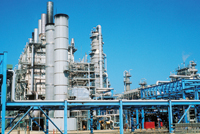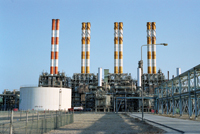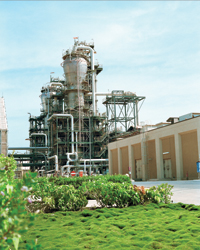
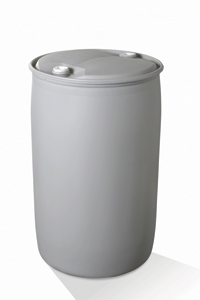 High-performance containers
High-performance containers
In close cooperation with Mauser, a well-known supplier of blow moulded industrial packaging solutions, a grade of high density polyethylene (HDPE) intended to meet the demands typically required of large containers used in healthcare applications has been developed by Sabic.
Sabic HDPE PCG4906 specifications may be applicable for such products as jerry cans, open-head and tight-head drums, and Intermediate Bulk Containers (IBCs), as well as for blow moulded bottles. The relevant European and American pharmacopeia requirements are met by Sabic HDPE PCG4906.
Furthermore, it has the physical and mechanical properties required by customers for the production of containers with volumes up to 1,000 litres.
The first drums produced by Mauser in the new grade meet requirements based on UN recommendations covering transport of dangerous goods. Procedures involve stacking, drop tests at -18 deg C, and hydraulic internal pressure tests.
The cooperation between the two companies started three years ago when they first joined forces to develop a new generation of HDPE for L-ring drums which set new standards in processing performance and system cost reduction. This led to the introduction of Sabic HDPE ICP5602.
"Our experience in cooperating with Sabic on the development of the high-performance Sabic HDPE ICP 5602 gave us confidence that together we could come up with a new grade that meets even tougher requirements," says Klaus Peter Schmidt, head of global product development at Mauser.
"We are confident that Sabic HDPE PCG4906 will meet an important need in the healthcare market. With our new multilayer L-Ring drum produced from this new Sabic grade we are not only targeting healthcare but also other industries with high demands in regard to packaging material cleanliness, regulatory conformity and last but not least long term supply security. We are looking forward to expanding our business in this area."
"Working with Mauser, we have been able to develop a grade that has the right balance of density, melt flow, impact strength and environmental stress crack resistance [ESCR]," says Ton Sevriens, business development manager HDPE, Sabic, region Europe.
"Mauser shared with us their substantial knowledge in the production of large containers, steering us in the right direction so that we could fine-tune our own material production process accordingly."
Sabic HDPE PCG4906 has a melt flow rate of 6 g/10 min (190 deg C, 21.6 kg), a notched Izod impact strength of 17 kJ/m2 at -30 deg C, and an ESCR of 30 MPa (Strain Hardening).
Sevriens says that Sabic aims to be the preferred company that offers customers a grade designed for large containers that also meets the high requirements demanded by healthcare specifiers.
"Several grades already exist in the market for industrial applications, but this is the only one especially dedicated to pharma applications," he says. "We expect this development to establish Sabic as the key supplier for big container resins for the pharma market."
"With the new grade, Sabic is expanding its portfolio of healthcare thermoplastics to cover all types of packaging used in the sector," says Hery Randrianantoandro, business development manager healthcare, Sabic, region Europe.
"Mauser was very receptive to the idea of collaborating on the project, they share our vision for developing the blown container market."



































































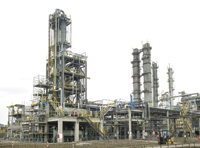
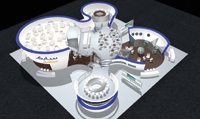
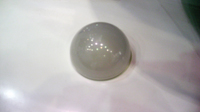

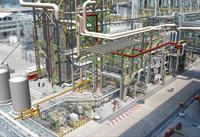
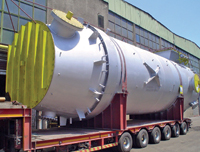

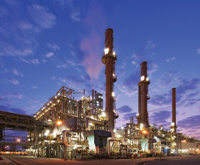
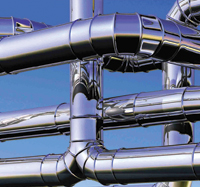



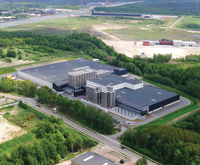
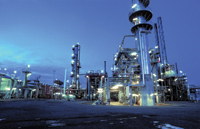


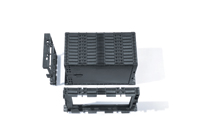




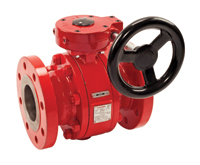
.jpg)
